How to manage physical and daily activities with fatigue and post-exertional malaise (PEM)
If you're living with fatigue and post-exertional malaise (PEM), managing daily life can feel like walking a tightrope. One moment you’re doing okay, and the next—after what seems like a minor activity—you’re hit with overwhelming exhaustion, brain fog, and symptoms that can linger for days or even weeks.
You’re not lazy. You’re not failing. In fact, many people with PEM were once highly active—working full-time, parenting, exercising—before their condition changed their capacity to function. It’s not a matter of motivation or willpower. It’s about physiology.
At ReStory, we understand how real and frustrating PEM is. That’s why we take a compassionate, science-backed approach to help you manage it. Here’s how to begin.

What Is PEM, Really?
Post-exertional malaise is a delayed and prolonged worsening of symptoms after physical or mental exertion. Unlike typical fatigue, PEM doesn’t improve with a nap or good night’s sleep—and the symptoms are often disproportionate to the activity that triggered them.
PEM can affect multiple body systems at once. You might notice:
- Intense fatigue
- Brain fog
- Worsened pain
- Flare-ups of neurological or flu-like symptoms
- Poor temperature regulation
- Dizziness or weakness
This response isn’t just “in your head.” It’s a dysregulation in how your body processes exertion, and it demands a new way of approaching activity.
Step One: Learn (and Respect) Your “Wall”
PEM happens when your body’s energy system is pushed beyond its current capacity—what we call “your wall.” Everyone’s wall is different, and it can shift over time. Your job is to learn where your wall is right now and to respect it.
Start by identifying what triggers your PEM:
- Physical activity (even light housework or self-care)
- Cognitive effort (reading, screen time, decision-making)
- Social interaction (conversations, texting, meetings)
- Emotional stress (positive or negative)
- Sensory input (light, sound, motion)
- Standing or upright posture (orthostatic stress)
- Environmental factors (heat, cold, chemicals, fragrances)
Tracking these triggers gives you valuable insight for daily pacing—and crucial data to share with your healthcare providers.
Step Two: Use the 4 P’s
Once you understand your limits, the goal is to reduce unnecessary exertion while still living meaningfully. The “4 P’s” can help you do that:
- Pace: Break up activities, schedule intentional rest, and avoid back-to-back tasks.
- Prioritize: Decide what must be done today. Let go of what isn’t essential—or ask for help.
- Position: Choose body positions that conserve energy. Sitting with back support, elevating your legs, or lying down can drastically reduce energy output.
- Plan: If you know you’ll have an activity (like an appointment or social event), build in rest before and after to soften the impact and support recovery.
Step Three: Respond Early and Kindly
Even with the best planning, PEM can still happen. When it does, it’s important to respond quickly and gently.
Immediate recovery tips:
- Stop all activity and rest in a quiet, dark space
- Hydrate with water and electrolytes
- Minimize sensory input (noise, light, movement)
Long-term prevention strategies:
- Build extra rest into your schedule after any planned exertion (even physical therapy!)
- Learn to recognize early signs of PEM, like rising fatigue or irritability, and adjust your day before symptoms escalate
This early response can mean the difference between a short flare and a long, debilitating crash.
You Don’t Have to Figure This Out Alone
At ReStory, we specialize in helping people navigate PEM with compassion and evidence-based strategies. Whether you’re managing Long COVID, chronic fatigue, or another complex health condition, we’re here to help you move forward—without overdoing it.
Schedule a free consult today to gain personalized strategies for managing PEM and making daily life more manageable.
Hoppers M, Yellman B, Bateman L, et al. Clinical Care Guide: Managing ME/CFS, Long COVID, and Infection-Associated Chronic Conditions (IACC’s). Bateman Horne Center, 2025: 13-17.


